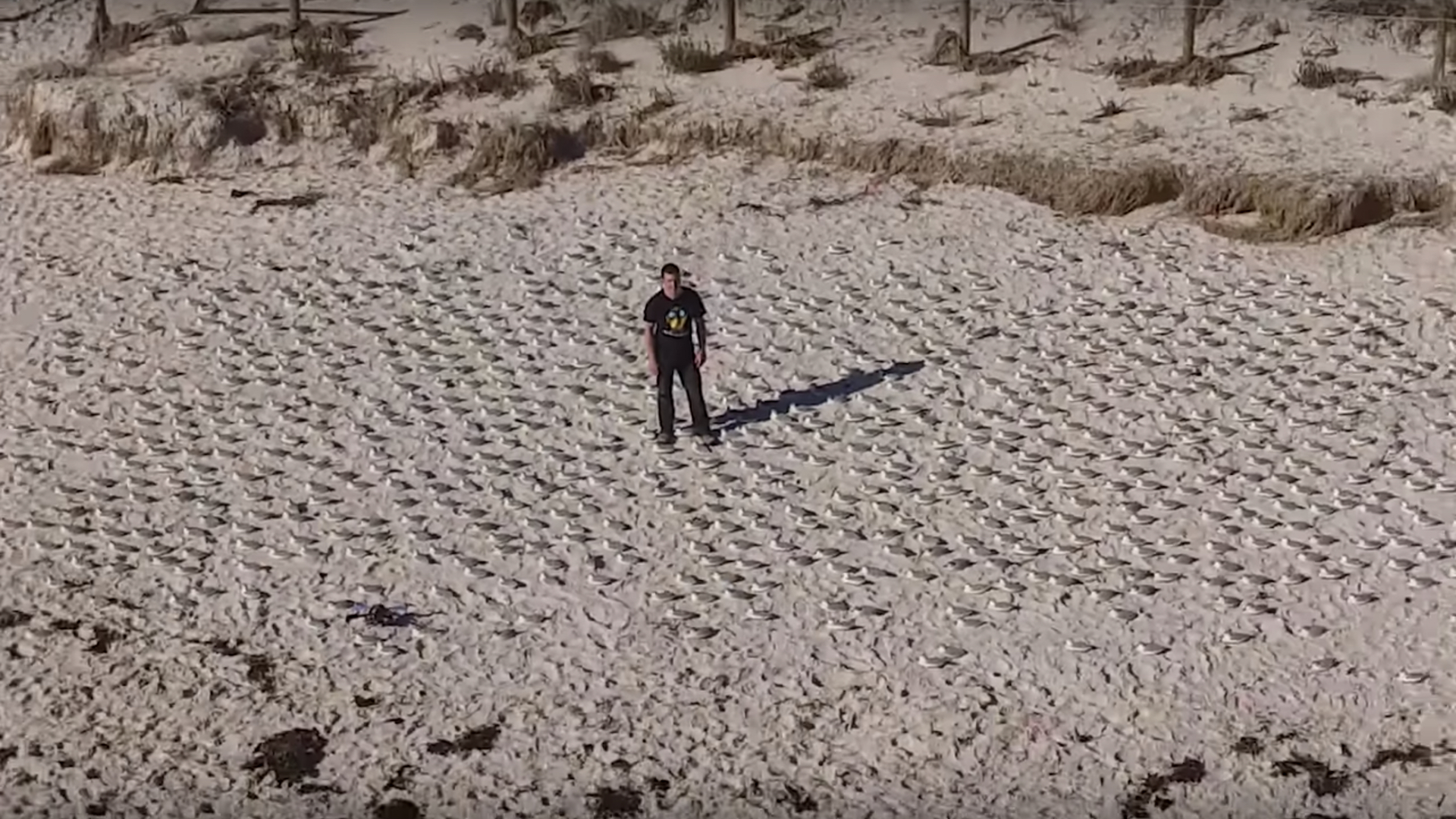

A research project from the University of Adelaide in Australia suggests that unmanned aerial vehicles might be more effective at accurately counting wildlife than the current standard, traditional methods. The study, published Tuesday in the British Ecological Society journal, puts forward the theory that camera-drones are more precise when accounting for large groups of individual animals of the same species. In this particular study, the research team used ducks.
According to CNN Money, the research paper’s lead author Jarrod Hodgson, a Ph.D. candidate at the university’s School of Biological Sciences, is adamant that continuous, accurate monitoring of endangered species is imperative to maintain our ecosystem. “With so many animals across the world facing extinction, our need for accurate wildlife data has never been greater, “ he said. “Accurate monitoring can detect small changes in animal numbers. That is important because if we had to wait for a big shift in those numbers to notice the decline, it might be too late to conserve a threatened species.
We’ve reported on drones in wildlife before, namely the World Wildlife Fund’s attempts to prevent the black-footed ferret’s extinction in Central Montana. While that endeavor consisted of UAVs dropping vaccinating pellets across a wide swath of wilderness, this Australian mission attempted to ascertain if drones were not a more effective tool at counting species, so that more functional preventative measures can be taken in the future. In other words, this project didn’t save any lives, but it could be the platform for future attempts to do so.
Let’s take a look at this research project in action.

According to CNN Money, the research team created several fake bird colonies on an Adelaide beach, consisting of 2,000 artificial ducks – modeled after the Crested Tern bird. These were then counted manually from the ground, using binoculars and telescopes, while a UAV flew overhead and captured photographs. A separate group then counted the mock-ducks using the collected aerial imagery, afterward. “In a wild population, the true number of individuals is not known. This makes it very difficult to test the accuracy of a counting approach,” Hodgson explained. “We needed to test the technology where we knew the correct answer.”
As many of us may have expected, counting individual, stationary items from a two-dimensional photograph was proven to be more effective than counting them through telescopes and binoculars. For one, there isn’t any confusion regarding birds moving around and being accounted for twice or more. Additionally, the bird’s-eye view allows for guaranteed clarity as its unlikely one bird climbs atop another and is miscounted as one instead of two. As it were, the research team additionally programmed a computer to count the birds, an alternative method which proved almost as accurate as individuals counting via photograph.
While this may not be the most exhilarating drone-related endeavor you’ll read about this week, it’s pretty heartening to see our modern UAV technology being used in such a positive, creative, ecological fashion. This could, after all, become a major stepping stone toward the most accurate wildlife accounting we’ve ever seen. Added to that, the aerial tool employed here doesn’t interfere with the natural rhythms and behaviors of the species it’s accounting for. “The results will help to refine and improve drone monitoring protocols so that drones have minimal to non-existent impact on wildlife,” said Hodgson.